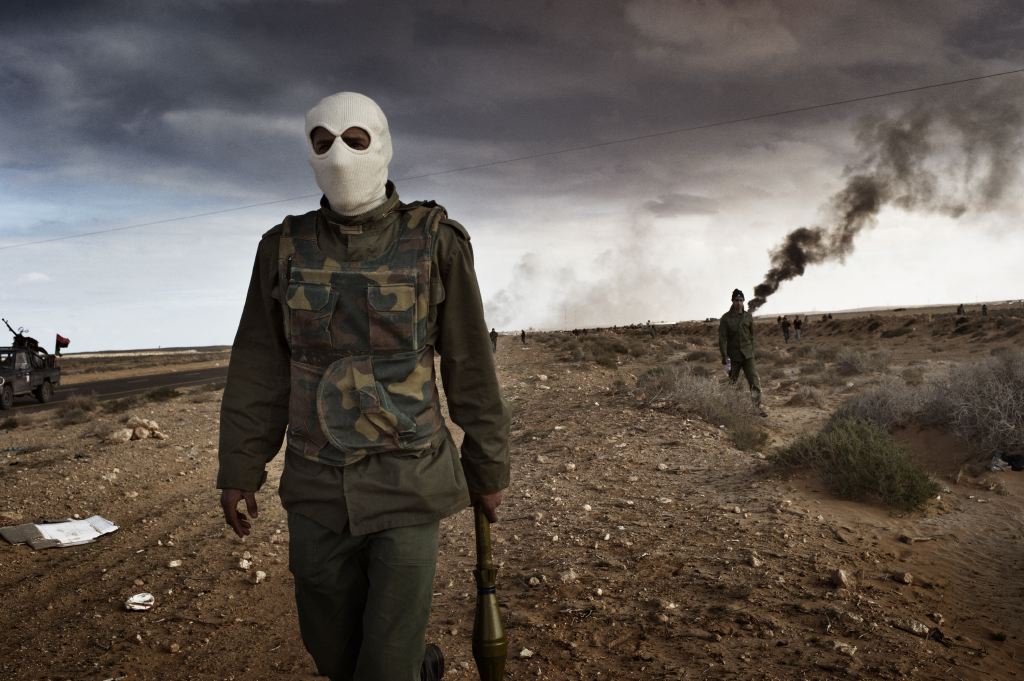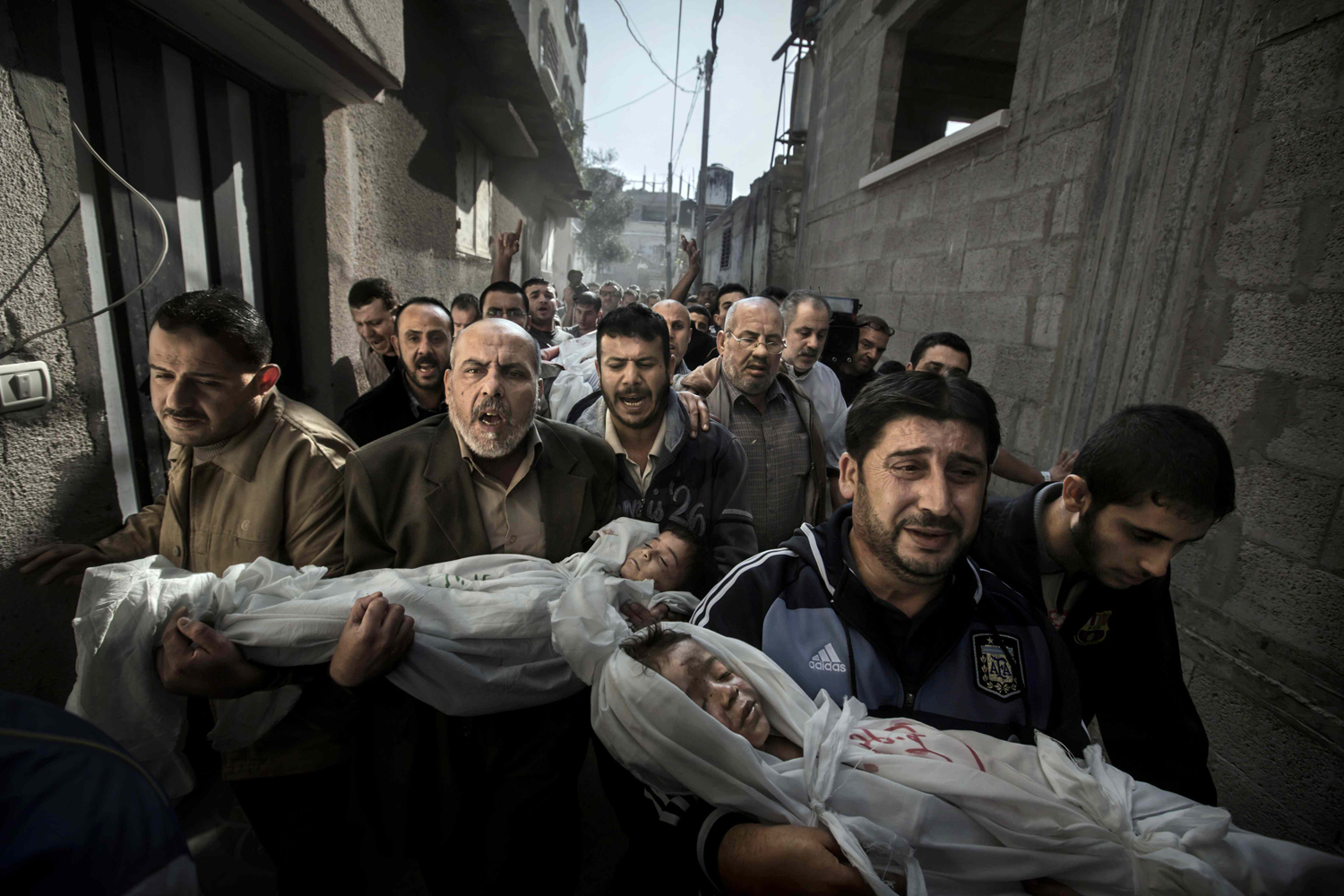‘Keeping photojournalism useful’
 At the end of last year we interviewed Claudio Palmisano from the 10b agency in Rome and discussed their views on photo editing. See our blog post Digital photo editing and the ethical line between aesthetics and truth.
At the end of last year we interviewed Claudio Palmisano from the 10b agency in Rome and discussed their views on photo editing. See our blog post Digital photo editing and the ethical line between aesthetics and truth.
Along with asking how they work with photographers, we wanted know more about digital photo editing and the line between aesthetics and truth in photojournalism. How far do you edit a photograph without altering its context or meaning?
It’s a debate that also surrounded Paul Hansen’s winning photograph in this year’s World Press Photo award.
But given that photography is increasingly delivered and consumed online, how can more information be offered to a publication’s audience to not only enhance understanding of the image, but perhaps see an original and edited image – in the one file?
Fred Ritchin is a Professor of Photography and Imaging at New York University, and was picture editor of The New York Times Magazine from 1978-82.
He has long called for a broader standard to be developed: “whereby each of the four corners of a photograph might contain information placed there by the photographer which again would be made apparent to an interested reader who rolls over each corner”.
In a recent post on The Daily Beast Drama, Manipulation and Truth: Keeping Photojournalism Useful Ritchin explained his idea:
“The bottom right corner would contain the credit, copyright and/or Creative Commons information, a caption, and information as to whether the image had been manipulated. The bottom left corner would provide a larger context for the making of the image, its back story, recounted by the photographer, the subject, an eyewitness, or whoever else might be appropriate. The upper left corner would provide more still or video imagery to give a larger sense of what was going before or after the primary photograph was made. And the upper right corner would link to other websites (perhaps including the photographer’s own) that would help to provide further pertinent details and information.”
Ritchin has published a new book Bending the Frame: Photojournalism, Documentary, and the Citizen which we plan to review for you shortly, and we’ll also take a look at ways of applying his idea in a forthcoming post on Thinglink in our Tools and Apps for Journalists series.
Author: Guy Degen
(Our thanks to World Press Photo for the use of Paul Hansen’s photograph)





Feedback